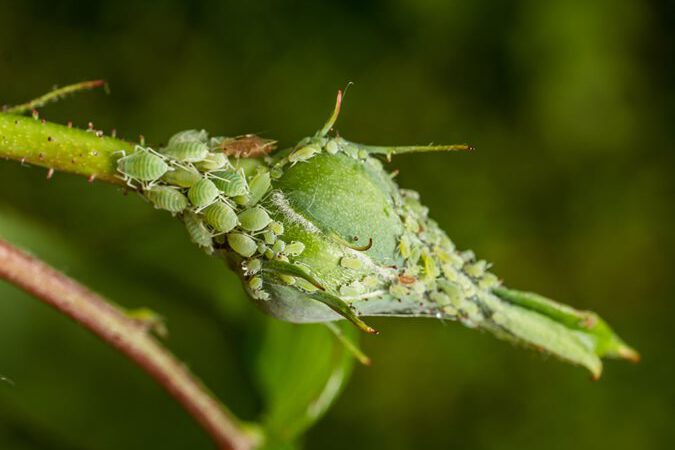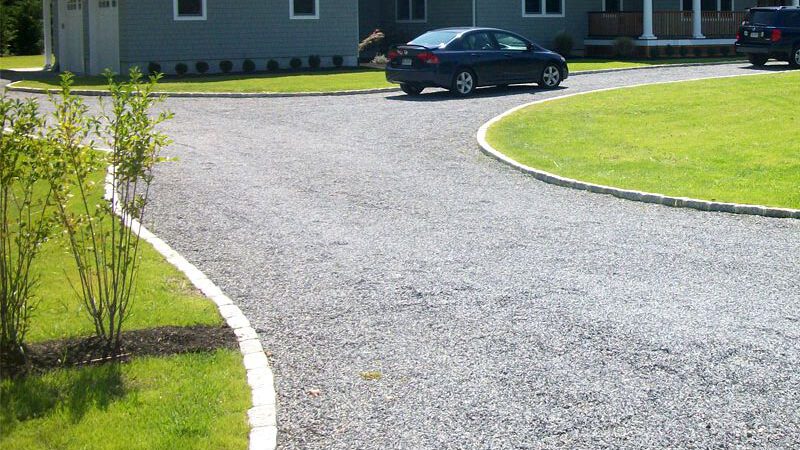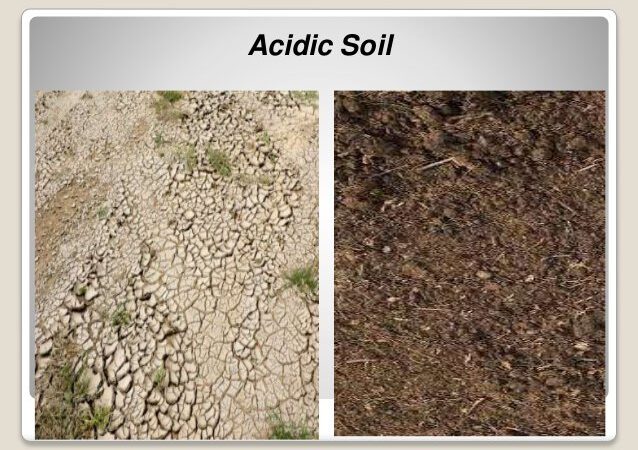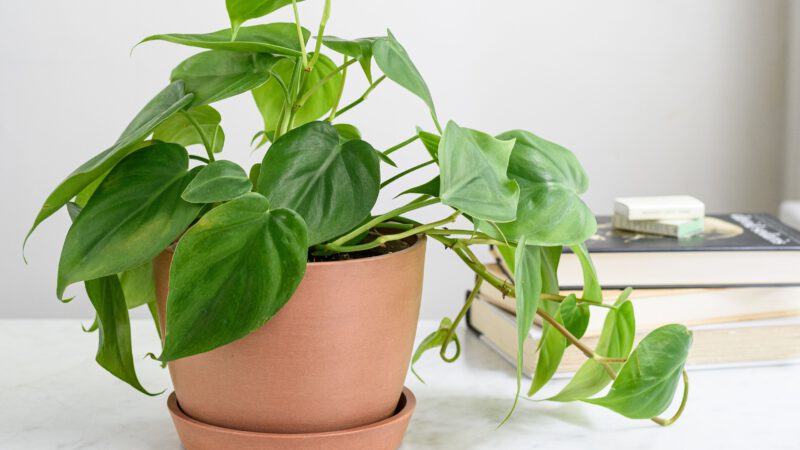10 Best Flowering Trees for Your Landscape
Flowering trees are a great way to add color and beauty to your yard. They also provide shade in the summer months, which is much appreciated when it’s hot outside. However, choosing the right tree can be a difficult task.
Choosing the best flowering tree for your landscaping needs is not an easy task because of all the options out there. When deciding which type of flowering you should plant in your yards, such as sunlight exposure, longevity, or flower color, there are several factors to consider. We’ve gone through all those factors and chose the best flowering trees that will do well for your gardening project.
Here are varieties of flowering trees that will add color to your yard:
1. Flowering Dogwood or Cornus Florida
The flowering dogwood is one of the most popular flowering trees for good reason. The white flowers in spring are very attractive, especially when they contrast with the deep green leaves. These trees are relatively small at about 25-30 feet, making them perfect for any yard.
Image credit: https://upload.wikimedia.org/
They’re also disease-resistant. They offer landscape interest in fall and winter as their glossy green leaves turn attractive shades of red and berries appear. Dogwood is best suited to hardiness zones 5 through 9.
They’re easy to care for and prefer moist, rich soil and partial shade during warmer months. Spring is the most popular plant, but you can also plant it in late fall when trees become dormant. The soil needs for dogwood include medium moisture and well-drained soil.
2. Japanese Tree Lilac
Japanese Tree Lilac is a deciduous, fast-growing tree resistant to cold temperatures and has beautiful lacy leaves. It can reach up to 15 feet in height, but it usually stays smaller at about 7-10 feet tall. This makes it ideal for small yards or garden areas because you won’t have to prune it.
Image credit: https://communityenvironment.unl.edu/
It flowers in springtime with beautiful bunches of fragrant white blossoms. After the blooms are gone, the leaves change colors to yellow, purple, or red before falling off for winter. The Lilac Tree is best suited to hardiness zones 3 through 8 and prefers moist, well-drained soil with lots of sun, but the Japanese Tree Lilac will still grow in shade or partial sun.
3. Cherry Trees
If you’re thinking of adding a cherry tree to your yard, there are many varieties to choose from. Flowering cherry trees are a central part of worship in Japan. These flowering plants have a lot to offer as landscape trees. The two popular varieties are Kwanzan and Yoshino prunus x yedoensis.
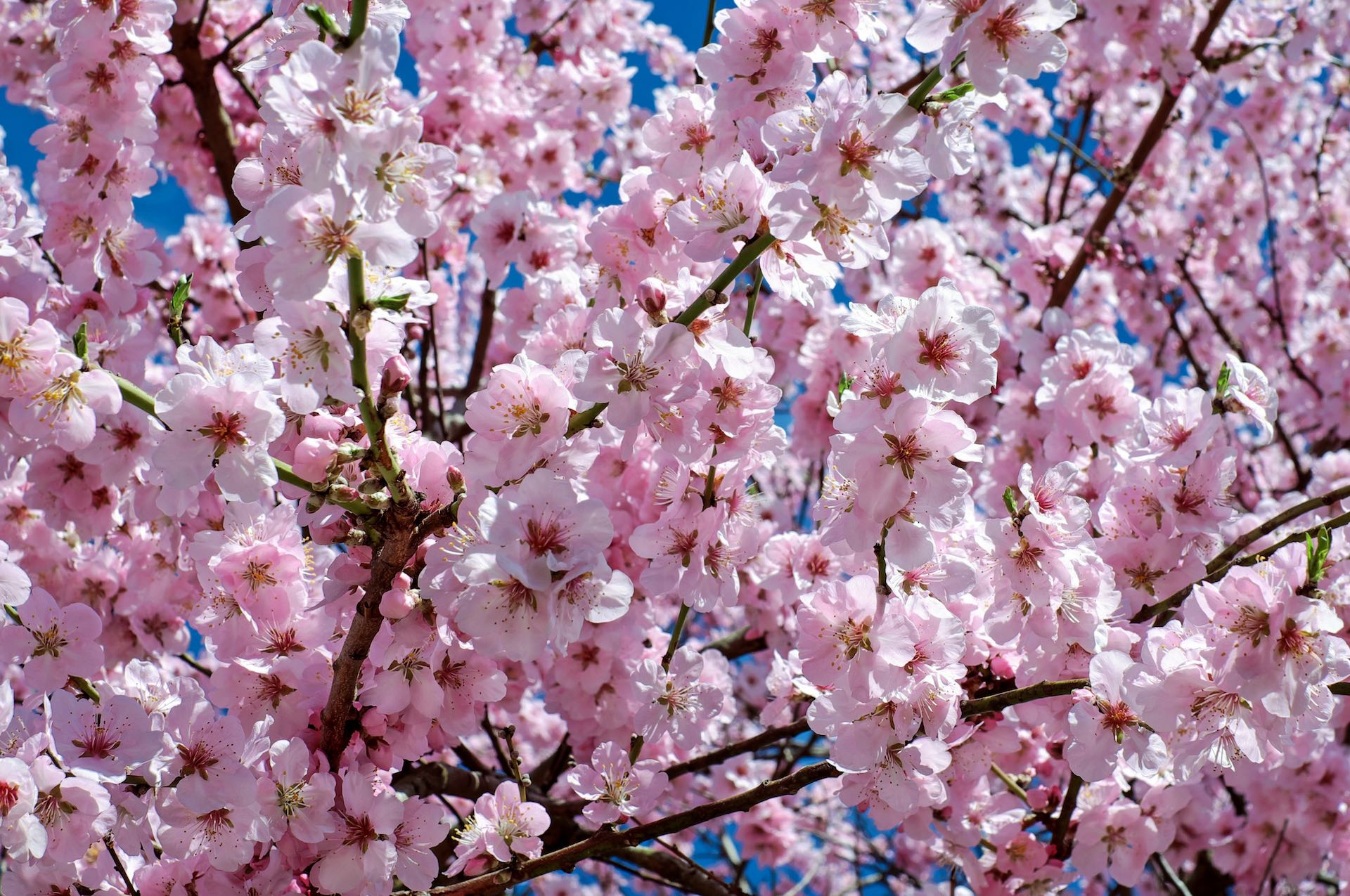
Image credit: https://www.bowerandbranch.com/
Kwanzan grows to about 30 feet with beautiful pink blooms while Yoshino cherry grows a bit bigger, up to 40 feet tall. There’s also prunus subhirtella which grows 20 to 30 feet tall. Depending on the species you choose, these trees do well between zones 4 through 5, while kwanzan and Yoshino cherries grow in zones 5 through 8.
These trees can be a bit fragile against strong winds, so plant them in a sheltered spot. Early fall is their best planting time, but you can plant them in the fall or after the last spring frost if you’re planting in a container. Cherry trees need to be kept moist, especially in drought conditions. They are typically planted individually as specimen trees and in small groups.
4. Southern Magnolia
Also known as the magnolia, Magnolia Grandiflora is the evergreen tree known for its fragrant blooms. It grows best in zones 6 through 8 and can reach 40 feet tall with an equal spread. Choose the southern magnolia if you’re looking for a beautiful ornamental tree to grow indoors or outdoors in your landscape.
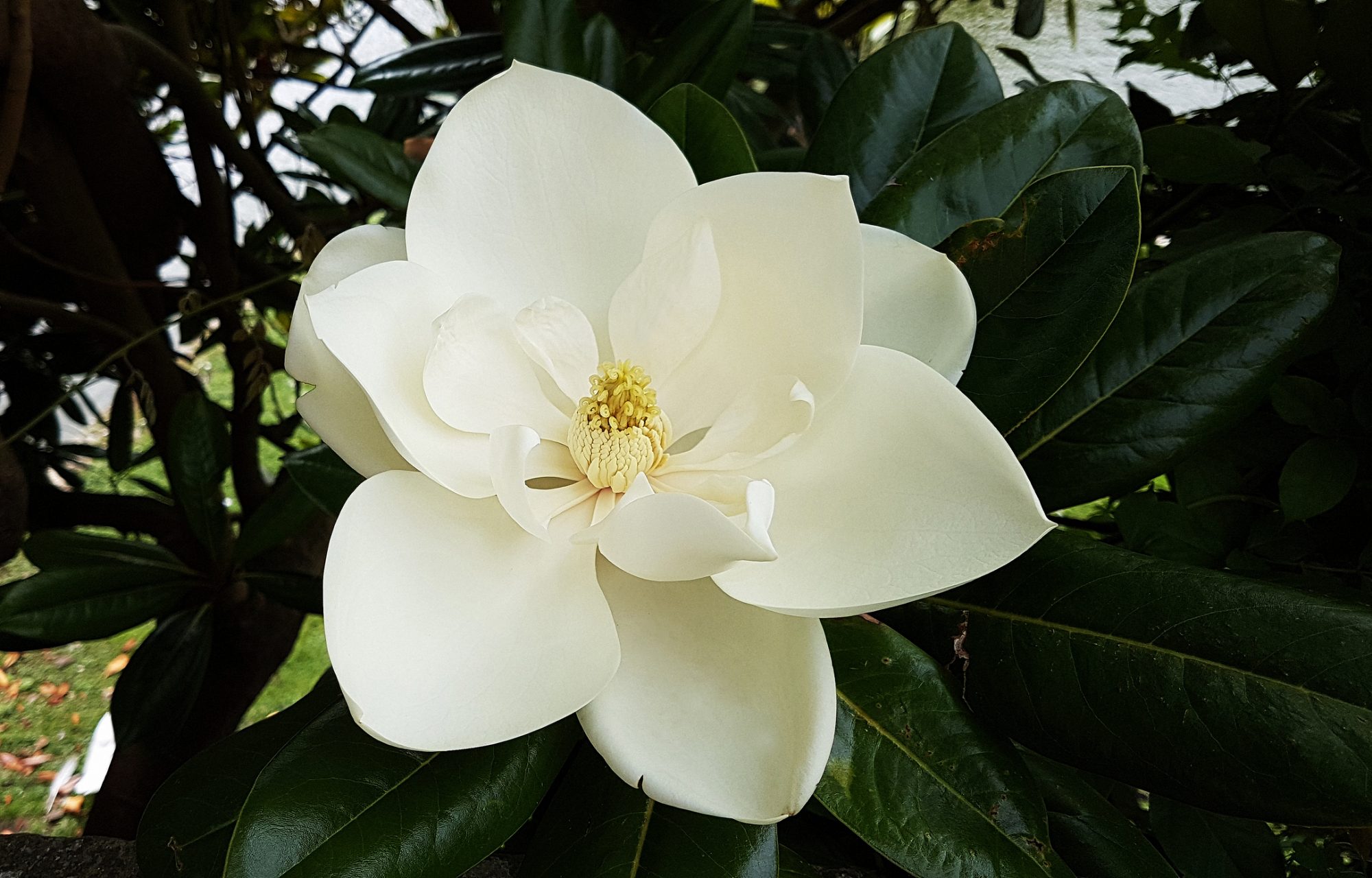
Image credit: https://static.onecms.io/
Do not overwater this tree since it does not do well in moist soil. Container-grown trees need watering only once every two weeks during the summer season. This is not a fast-growing tree, so you can expect it to take about ten years for this plant to reach its full potential.
5. Star Magnolia
This is one of the first plants to bloom in the spring with white star shaped flowers that appear in March and April before the leaves appear. This is a large shrub that can grow from 15 to 20 feet but it can be trained as a tree by pruning to retain a single stem to serve as the trunk. It can be used as a specimen tree and in woodland borders.
6. Saucer Magnolia
If you’re looking for a flowering tree that will catch the eye of everyone in your neighborhood, consider the saucer magnolia. These medium-sized trees will grow to be 30 feet in zones 5 through 8 and have pink flowers, describing their saucer shaped flowers.
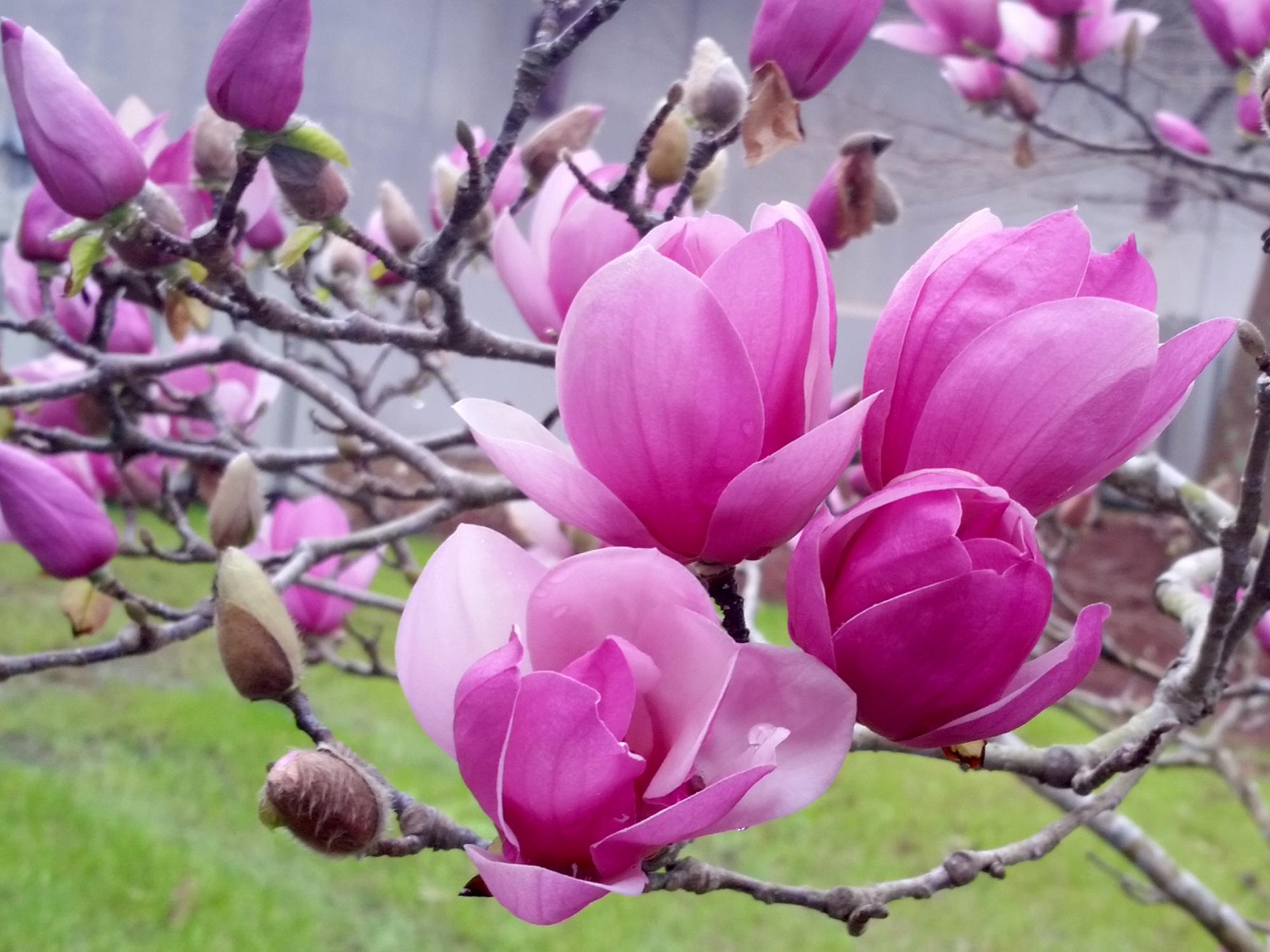
Image credit: http://extension.msstate.edu/
Magnolias like part shade and well-drained soil. To ensure it blooms each year, you need to protect it from a late frost if newly emerged buds are in danger of freezing. These are best planted when dormant in late fall, winter in warm climates, and early spring in cold climates.
Magnolia trees possess fragrant flowers that bloom during spring to early summer. These large, white flowers are especially showy on the southern magnolia trees. They are hardy and attractive trees with dark green leaves that grow up to 60 feet tall. The fall foliage also turns red, orange, or yellow, depending on the variety of trees you choose.
7. Golden Chain Tree
The golden chain tree is another flowering tree that will draw attention because of its stunning flowers. They are one of the earliest blooming trees in the spring, with white flowers that drip to resemble a chain. Golden chain trees can grow 30 feet high in zones 5 through 8 and like full sun.
If you’re looking for a flowering tree without white or pink blooms found in most spring-flowering trees, this is your best bet. This tree will typically have yellow blooms but may also have white or pale green flowers. Golden chain trees require sheltered location and attention to a variety of pests and diseases.
8. Eastern Redbud
Eastern redbud is one of the best flowering landscape trees. These trees typically have pink to purple flowers in early spring, before new leaves emerge on the tree. The magenta buds of eastern redbud unfold into an explosion of pink flowers before the leaves appear on the tree.
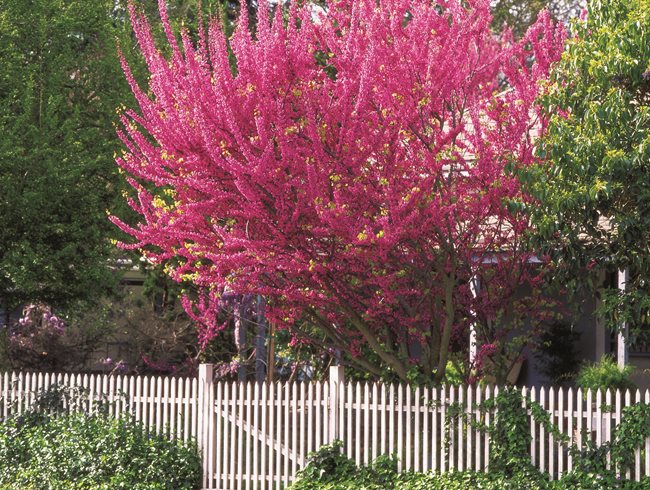
Image credit: https://www.gardendesign.com/
Their flowers are not large, but they stand out because the blooms are among the first to appear on bare branches in spring, coating them in a pinkish-purple fuzz. It has a variety of landscape uses as a specimen, street, lawn tree, and naturalized woodland settings.
Eastern redbud only grows 20 feet high and prefers part shade and moist conditions. They also require pruning as they can become lanky with age if not properly maintained. Between the flowers and the unique heart shaped leaves, this plant should never miss in your landscape.
9. Kousa Dogwood
Kousa dogwood is a small tree that blooms with flowers resembling the blossoms of peonies. This small tree is wonderful and will stand out in any landscape, featuring white blossoms in late spring and early summer. This handsome small tree adds year round beauty.
White flowers in May and June give a Milky Way effect, purple and scarlet fall leaves add intense color. This beautiful tree form with horizontal branching prefers partial shade to full sun. The Satomi Kousa Dogwood has splendid pink to red bracts followed in fall by hanging red fruit. The autumn leaves have red scarlet tints.
10. Crabapples
Crabapple trees are wonderful flowering trees for the yard. They offer a variety of different colors and blooms in spring, growing quickly to fill out that empty spot where nothing else will fit. The crabapples bloom in late winter or early spring, depending on the type you have planted.
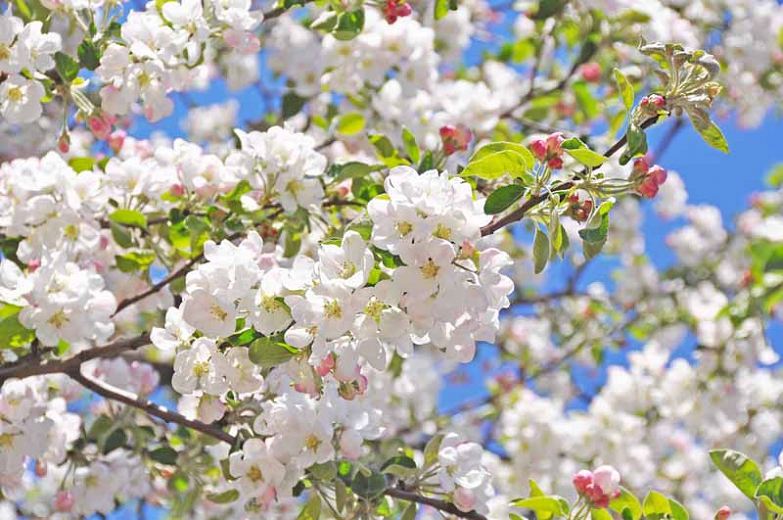
Image credit: https://www.gardenia.net/
A few plants can create a visual impact during all four seasons than this flowering tree. When autumn arrives, crabapple foliage and fruit transform to match the vibrant colors of the artist’s palette.
FAQs about Best Flowering Trees for Your Landscape
What flowering tree blooms the longest?
The crape myrtle is the longest blooming tree in existence. Its flowers remain in bloom between 60 and 120 days.
What tree has little yellow flowers?
The laburnum tree is also known as the yellow or golden chain tree that produces little yellow flowers in the spring. The tree grows to over 10 feet high and 15 feet wide, with an average growth rate of 6 inches per year.
Final Thought on Best Flowering Trees for Your Landscape
If you have space in your yard, these flowering trees have a lot of beauty to offer. You can use them for privacy, shade, and color. People who love the outdoors also provide a refreshing environment. Consider planting one in containers on your porch or near your patio if you have a small yard. You can also consider the following shade-loving flowers for your garden, though they might not grow as big as the above trees.
The post 10 Best Flowering Trees for Your Landscape appeared first on Kitchen Infinity.
Did you miss our previous article…
https://www.ilovethelovekitchen.com/?p=873

